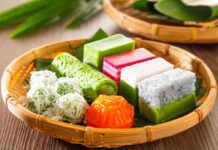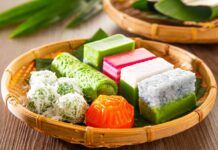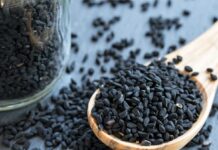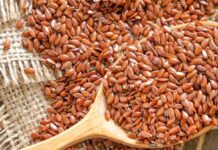In addition to being the most popular beverage in all of Japan, tea, or “ocha,” is a significant part of Japanese culture. During the Nara Period, tea was first brought to Japan from China (710-794). It wasn’t generally accessible to the general public at first since it was thought of as an opulent and medicinal product. Many centuries afterward, tea was grown all over Japan and was favoured by most Japanese people.
Almost all Japanese restaurants serve tea these days, frequently either before or after a meal. Additionally, certain gardens and temples offer it to visitors. Tea is available in both hot and cold varieties from vending machines across the nation.
Hojicha Green Tea
Hojicha is traditionally roasted in a porcelain pot rather than steamed, in contrast to most other Japanese teas. The tea’s unique colour is a result of this warmer temperature. Hojicha is a warm reddish-brown colour instead of green.
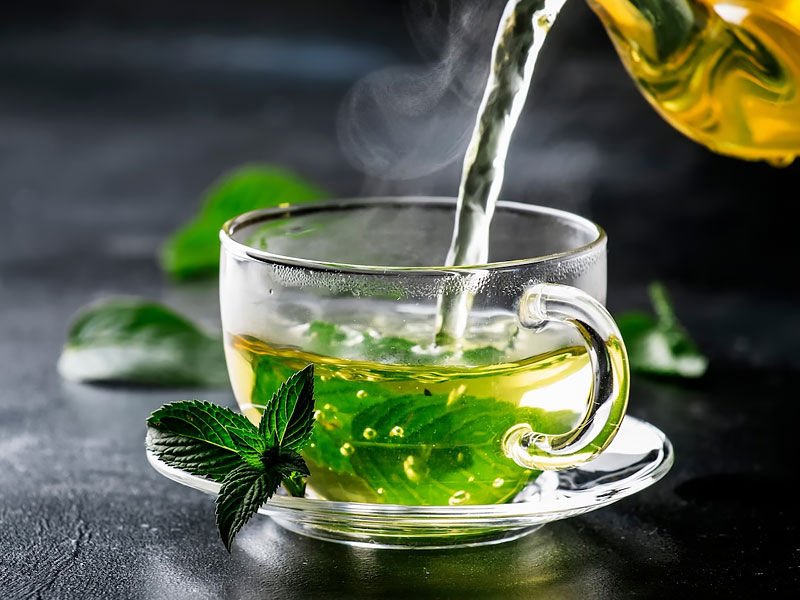
There are flavours of toast, nuts, earth, smoke, and even caramel in this tea. The tea’s colour and flavour may differ slightly based on the time of harvest, variations in roasting temperatures, and if it was made from twigs, leaves, stems, or stalks.
You can steep the leaves in the teapot directly or use an infuser to make hōjicha. The unique roasting method eliminates all bitterness. Try the Hoshino Hojicha Latte for a distinctive modern twist on this tea.
Matcha
In Japan, matcha is among the most well-liked flavour profiles. Everything is available, including mochi, matcha-flavored ice cream, and soba noodles. In addition to having a distinctive flavour and colour, matcha has several important health advantages.
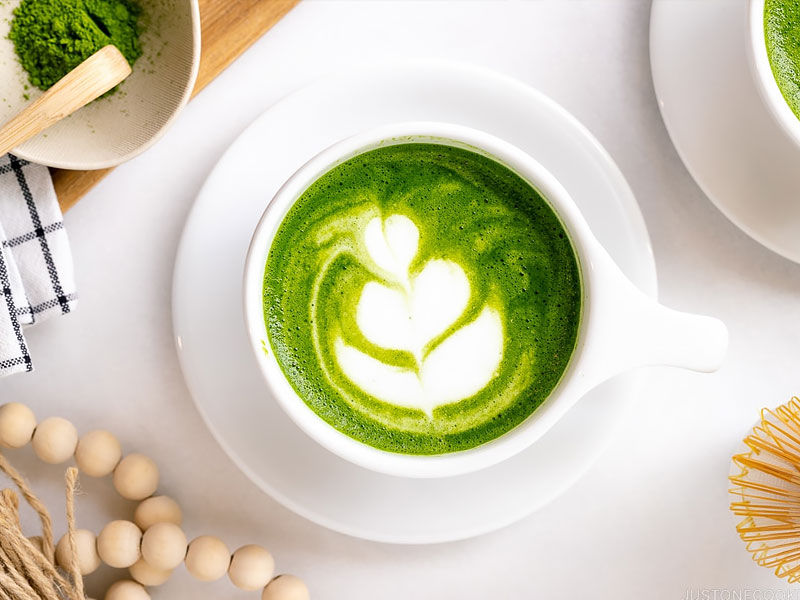
Tea leaves that are young and grown in shade are ground into a powder and used to make matcha. After that, hot water is whisked into this until foamy. Traditionally, a bamboo whisk known as a chaser is used.
When drinking matcha, you’re ingesting the leaves themselves as well as all of their nutrients, including vitamins, fibre, and antioxidants, rather than just steaming or steeping them in water. Good matcha should have a hint of sweetness rather than bitterness.
Shogayu Ginger Tea
Japanese ginger tea called shogayu may be the perfect wintertime libation if you’re feeling under the weather! This herbal tea, which has been and is still used as medicine, is made with ginger root. Its hot kick is supposed to help fight off colds by raising body temperature, but it also relieves nausea.
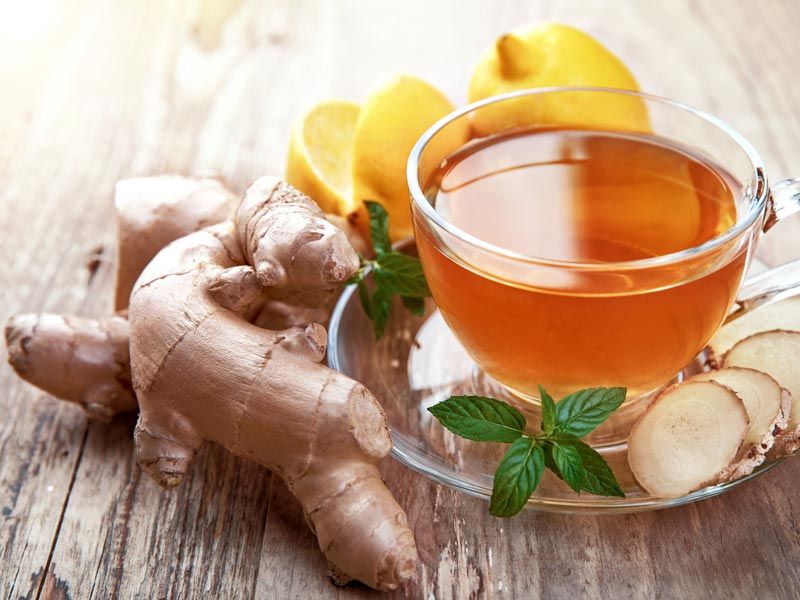
Since ginger tea has a strong flavour, sweetener of some kind is usually added. Although honey is a common choice, other options include sugar, agave nectar, etc. We recommend adding honey to ginger tea as it helps soothe the throat and suppresses coughing when using it to treat colds. A citrus burst from key limes, yuzu, or lemon.
Sobacha
One of the most well-known “teas” in Japan is sobacha, which is actually buckwheat rather than tea! Buckwheat tea tastes great when combined with hot water.

The flavour of sobacha is earthy and warm. Due to its mild flavour that doesn’t cling to the palate, it goes well with any meal. Because the grains are roasted before use, it can be described as nutty or even toasty. It’s also an excellent tea to sip just before bed because it contains no caffeine.
Also read: 5 Health Benefits of Consuming Peanuts
Genmaicha Green Tea
This tea might be worth a try if you enjoy popcorn flavour! Puffed brown rice kernels are added to green tea to create genmaicha, also known as “popcorn tea.” It was developed by Buddhist monks to make fasting periods feel more satisfying.
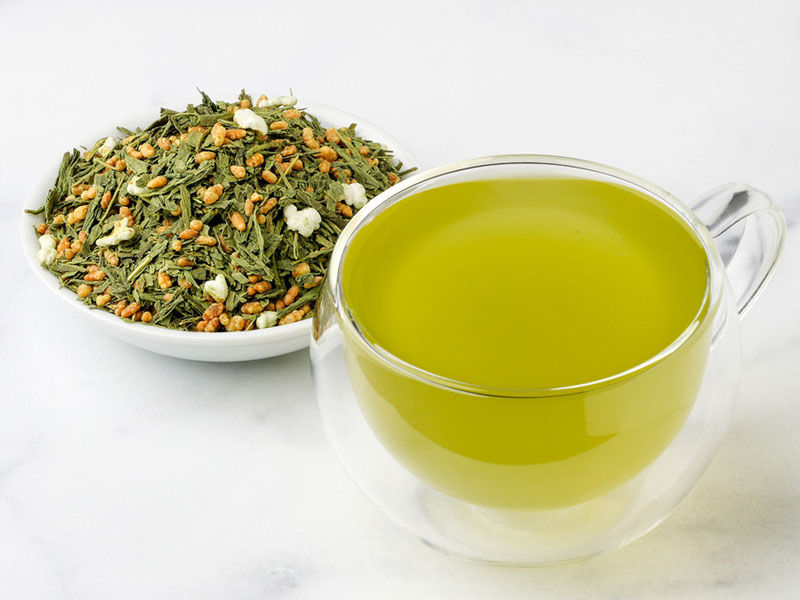
The comforting qualities of this tea are reflected in the warm, yellowish hue of genmaicha. The taste of Genmaicha is slightly sweet and nutty, due to the sugar and starch found in the rice. It’s ideal to have with breakfast or to sip throughout the day.


